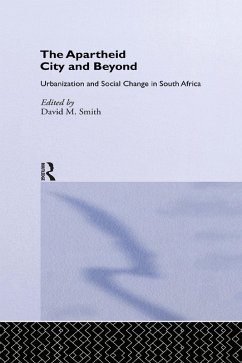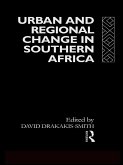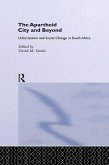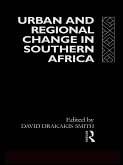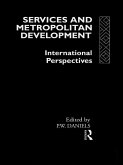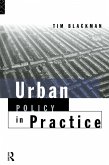Apartheid, as legislated racial separation, brought dramatic change to the South African urban scene. Race "group areas" remodelled South African cities, while the creation of "homelands," mini-states, and the "pass laws" controlling population migration constrained the process of urbanization itself.
In the mid 1980s, the old system was replaced by a new policy of "orderly urbanization," intended to accelerate the process of industrialization and cultural change by relaxing the constraints on urbanization imposed by state planning. The result was hardly an improvement: political instability rose, and a quarter of the black population were being housed in shanty towns. Today, negotiations between the nationalist government and the African National Congress are working to dissolve the old apartheid system. Yet the end of apartheid will only be the beginning of the creation of a new society.
"The Apartheid City and Beyond" contains a series of original contributions on apartheid as it affected housing, community life, settlement forms, and the servicing of the cities. Ranging from broad overviews of particular issues to local case studies, the contributors turn away from a past that is best forgotten, explaining how the cities of South Africa came to be as they are: the locus of people's present lives and a major constraint on urban forms.
Looking ahead to the post-apartheid city, they show that if the cities of South Africa are to serve the people as a whole, the accelerating process of urbanization must be brought under control and harnessed to a new purpose.
In the mid 1980s, the old system was replaced by a new policy of "orderly urbanization," intended to accelerate the process of industrialization and cultural change by relaxing the constraints on urbanization imposed by state planning. The result was hardly an improvement: political instability rose, and a quarter of the black population were being housed in shanty towns. Today, negotiations between the nationalist government and the African National Congress are working to dissolve the old apartheid system. Yet the end of apartheid will only be the beginning of the creation of a new society.
"The Apartheid City and Beyond" contains a series of original contributions on apartheid as it affected housing, community life, settlement forms, and the servicing of the cities. Ranging from broad overviews of particular issues to local case studies, the contributors turn away from a past that is best forgotten, explaining how the cities of South Africa came to be as they are: the locus of people's present lives and a major constraint on urban forms.
Looking ahead to the post-apartheid city, they show that if the cities of South Africa are to serve the people as a whole, the accelerating process of urbanization must be brought under control and harnessed to a new purpose.
Dieser Download kann aus rechtlichen Gründen nur mit Rechnungsadresse in A, B, BG, CY, CZ, D, DK, EW, E, FIN, F, GR, HR, H, IRL, I, LT, L, LR, M, NL, PL, P, R, S, SLO, SK ausgeliefert werden.

